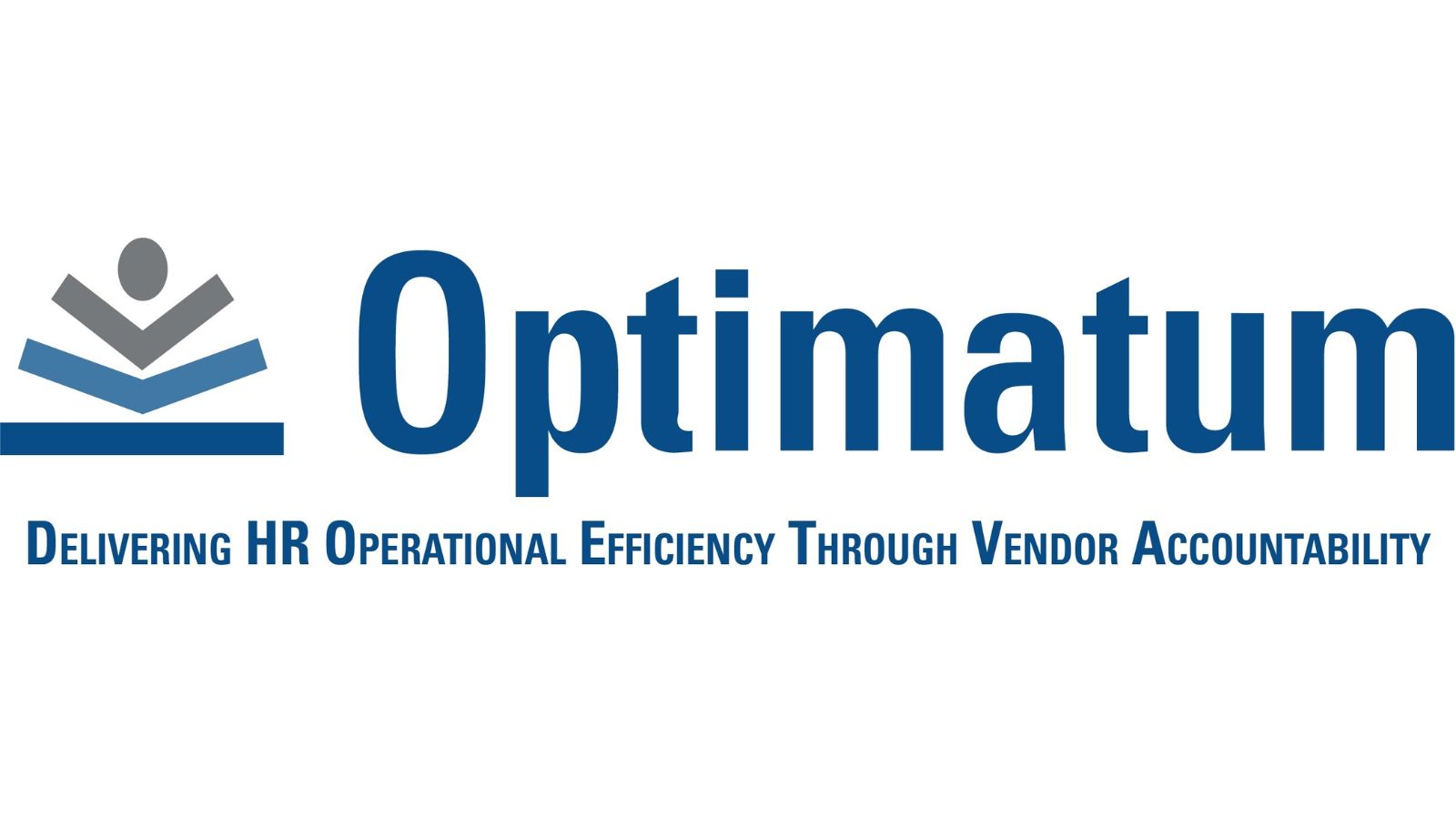
Performance-based pay systems have become increasingly prevalent in workplaces around the world. These systems aim to incentivize employees to enhance their performance, productivity, and overall contribution to the organization. In this comprehensive guide, we will delve into the concept of performance-based pay, explore various types of performance payments, analyze their advantages and disadvantages, and offer insights into effectively navigating the challenges associated with such systems.
Performance-Based Pay: An Overview
At its core, performance-based pay is a compensation structure that rewards employees based on their individual or collective performance. Unlike traditional fixed salaries, which are often disconnected from individual contributions, performance-based pay aligns compensation directly with outcomes achieved. By linking rewards to performance, organizations seek to motivate employees to excel in their roles, achieve organizational goals, and drive overall success.
Types of Performance Payments
- Merit Pay: Merit pay, also known as pay-for-performance or performance-based pay, encompasses various forms of additional compensation provided to employees based on their performance. Examples include salary increases, annual bonuses, profit sharing, and stock options.
- Commission: Commission-based compensation is prevalent in sales and marketing roles, where employees receive a percentage of the revenue generated from their sales efforts. Commission structures may vary, including flat commissions and ramped commissions tied to sales performance.
- Piece Work: Piecework compensation involves paying employees based on the quantity or volume of work completed rather than hours worked. Common in manufacturing, freelance, and creative industries, piecework arrangements incentivize productivity and output.
- Salary: Salary remains a fundamental form of compensation, providing employees with a fixed amount of pay on a regular basis. While not directly tied to performance, salary may reflect an individual’s skills, experience, and market demand.
- Bonuses: Bonuses are supplementary payments awarded to employees for achieving specific goals, milestones, or exceptional performance. Examples include annual bonuses, project completion bonuses, and performance-based incentives.
Advantages of Performance-Based Pay
Performance-based pay offers several benefits to both employees and organizations:
- Motivation and Engagement: By linking compensation to performance, employees are motivated to excel in their roles, leading to increased engagement and commitment to organizational objectives.
- Alignment with Organizational Goals: Performance-based pay ensures that employees’ efforts are aligned with the strategic priorities and objectives of the organization, fostering a culture of goal attainment and performance excellence.
- Rewarding Excellence: High-performing employees are appropriately rewarded for their contributions, leading to higher job satisfaction, retention, and talent development within the organization.
- Cost-Effectiveness: Performance-based pay encourages efficiency and productivity, maximizing the return on investment in human capital while minimizing wasteful spending on underperforming employees.
Challenges of Performance-Based Pay
While performance-based pay offers compelling advantages, it also presents several challenges that organizations must navigate effectively:
- Unintended Consequences: Performance-based pay systems can inadvertently promote short-term thinking, unethical behavior, and gaming of performance metrics, leading to unintended consequences and undermining organizational values.
- Subjectivity and Bias: Evaluating performance objectively can be challenging, leading to perceptions of favoritism, bias, and inequity among employees. Subjective performance assessments may also contribute to disputes and conflicts within teams.
- Demotivation and Disengagement: Employees who perceive performance measures as unfair or unattainable may become demotivated and disengaged, leading to decreased morale, productivity, and overall job satisfaction.
- Narrow Focus on Metrics: Performance-based pay systems often prioritize quantifiable metrics and outcomes, neglecting other important factors such as teamwork, creativity, and innovation. This narrow focus can stifle collaboration and inhibit long-term organizational success.
Navigating the Challenges
To effectively navigate the challenges associated with performance-based pay, organizations can implement the following strategies:
- Establish Clear Performance Metrics: Define clear, measurable performance metrics that align with organizational goals and values. Communicate performance expectations transparently to employees, ensuring clarity and understanding.
- Ensure Equity and Fairness: Implement fair and objective performance evaluation processes to minimize bias and promote equity. Provide opportunities for employee feedback and appeal mechanisms to address concerns and grievances effectively.
- Foster a Culture of Collaboration: Encourage collaboration, teamwork, and knowledge sharing within the organization to complement individual performance incentives. Recognize and reward collective achievements that contribute to overall organizational success.
- Provide Ongoing Support and Development: Invest in employee training, development, and coaching to support continuous improvement and skill enhancement. Provide regular feedback and coaching to help employees succeed in their roles and achieve their full potential.
- Evaluate and Adapt: Continuously monitor and evaluate the effectiveness of performance-based pay systems, soliciting feedback from employees and stakeholders. Identify areas for improvement and adapt strategies to address evolving organizational needs and challenges.
Conclusion
Performance-based pay represents a powerful tool for motivating employees, driving performance, and achieving organizational objectives. However, its successful implementation requires careful consideration of the diverse types of performance payments, as well as proactive strategies to address associated challenges. By fostering a culture of fairness, transparency, and continuous improvement, organizations can harness the benefits of performance-based pay while mitigating potential risks and maximizing employee engagement and satisfaction.








Leave a Reply